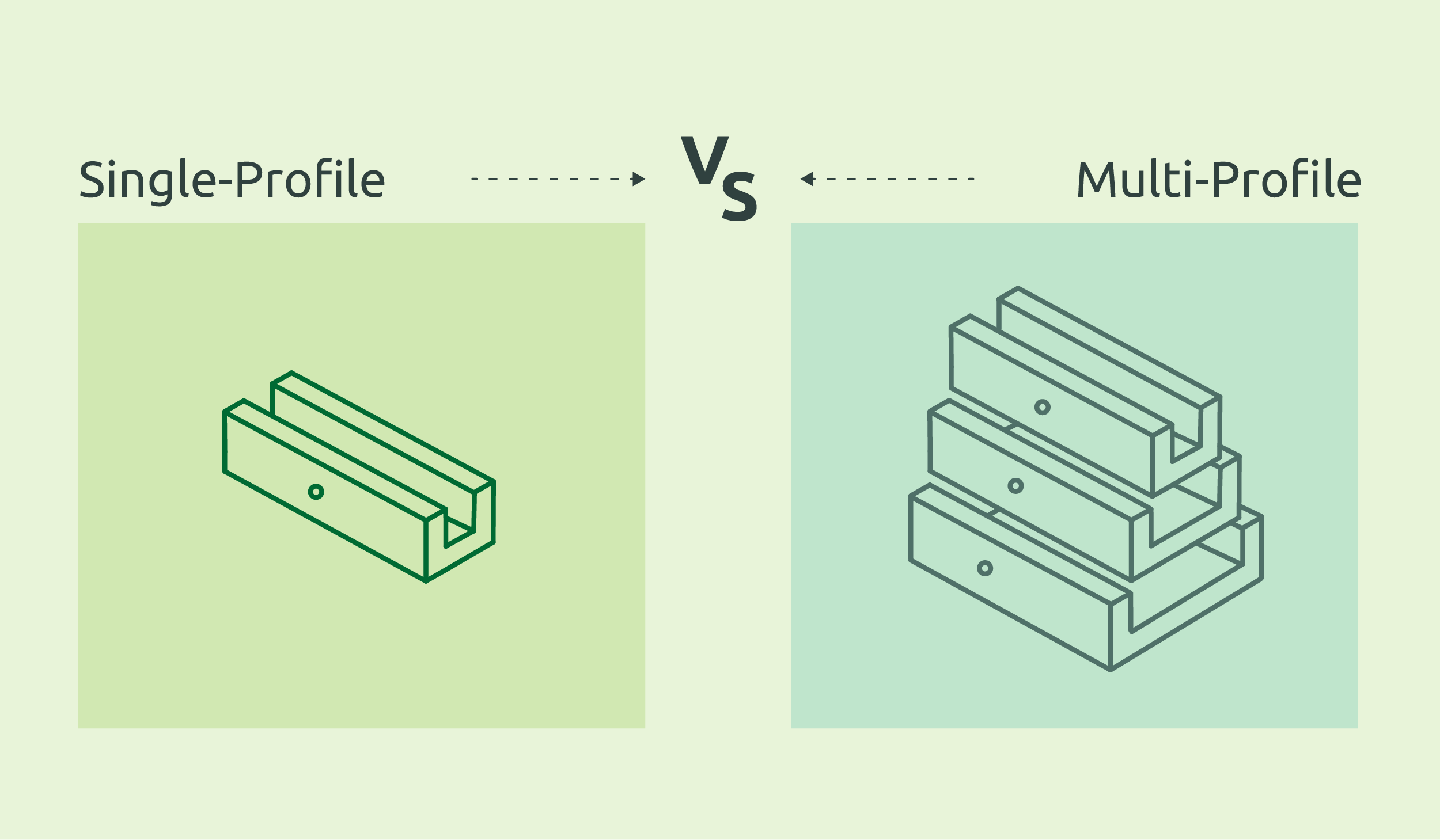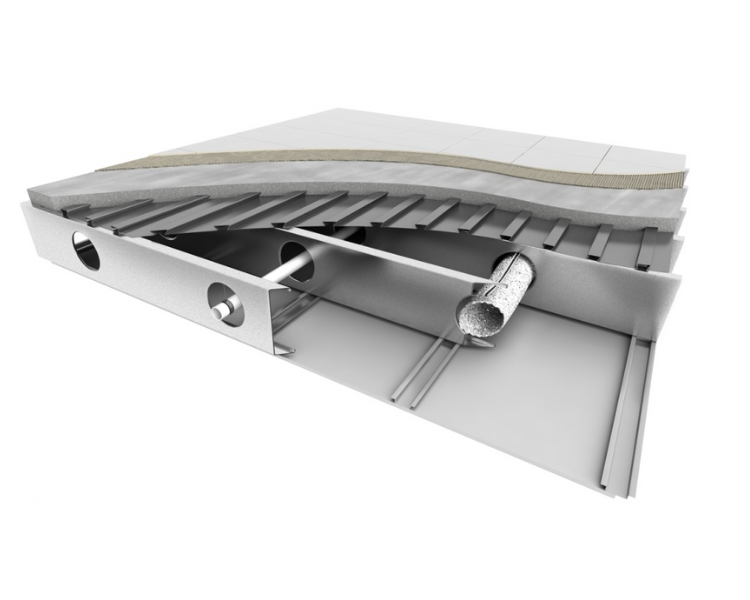In the construction industry, roll forming equipment is vital for producing cold-formed steel framing components. These components are essential in modern construction, offering structural integrity and design flexibility. Choosing between single-profile and multi-profile roll-forming machines is a crucial decision that impacts production needs, efficiency, and versatility. Understanding the differences and benefits of each type of equipment can guide manufacturers in making the best choice for their operations.

Single-Profile Roll Forming Equipment
Single-profile steel roll-forming machines are designed to produce a specific steel profile consistently. These machines are dedicated to a single setup, ensuring high-speed production and precision for that particular profile. The consistent output of single-profile machines makes them highly efficient and cost-effective, especially for large-scale production runs where the same profile is needed continuously.
Advantages and Considerations of Single-Profile Machines
The primary advantages of single-profile roll forming equipment include:
- High Production Efficiency: Due to their specialized setup and auto gauging, single-profile machines can achieve high output with minimal downtime, as there are no adjustments between jobs.
- Consistent Quality: The dedicated setup ensures repeatable, high-quality profiles.
- Lower Maintenance Costs: Single-profile roll-forming machines are straightforward to maintain, requiring less skilled operators and fewer spare parts.
- Labor Requirements: Single-profile machines typically require only one person for operation. However, assembling specific components like web floor joists may need more labor compared to larger profiles like Deep C floor joists.

- Integrated Production Process: With single-profile roll formers, manufacturers can produce the entire structure, including roll-forming, assembling, and installing the steel frames, without downtime. This efficiency reduces waiting times and keeps production schedules on track.
However, single-profile roll formers have limitations:
Limited Flexibility: These machines cannot adapt to different profiles, restricting their use to specific applications.
Multi-Profile Roll Forming Equipment
Multi-profile roll-forming machines are designed to handle multiple steel profiles within a single machine. These machines feature mechanisms for profile changes, allowing manufacturers to switch between different stud widths, track depths, and other profile variations. This flexibility makes multi-profile machines ideal for projects requiring varied profiles and design changes.
Advantages and Considerations of Multi-Profile Machines
The advantages of multi-profile roll forming equipment include:
- Versatility: These machines can produce a range of profiles, accommodating diverse project requirements.
- Flexibility: Multi-profile machines can adapt to custom designs and project-specific needs, reducing the overall production time and cost.
- Space Efficiency: Having one multi-profile machine can save the floor space of up to four dedicated single-profile machines, making it an ideal choice for manufacturers with limited space.
- Higher Initial Investment: Multi-profile machines are more expensive upfront.
- Complex Maintenance: These machines require skilled operators and have more complex maintenance needs due to the variety of parts involved.
- Labor Requirements: Multi-profile machines often require two people to swap out tooling—one skilled operator and one assistant for changing tools on the punch block. However, less labor is needed when producing simpler profiles like Deep C floor joists.

- Segmented Production Process: With multi-profile machines, manufacturers must roll all of one profile, then switch to another profile, and then another, before assembling frames. Usually, each profile is rolled to rack and then assembled at a later time. This segmentation leads to downtime and pressure on timelines, which can be costly in construction where time is money.
Comparison: Single-Profile vs. Multi-Profile Machines
When comparing single-profile and multi-profile roll-forming equipment, several factors must be considered:
- Production Efficiency: Single-profile machines offer high output with minimal downtime, while multi-profile machines have significant downtime during profile changes.
- Flexibility: Multi-profile machines provide greater flexibility in handling various profiles and design changes.
- Cost: Single-profile machines have lower operational and maintenance costs.
- Labor Requirements: Single-profile machines typically require fewer operators, while multi-profile machines need more labor for profile changes.
- Space Efficiency: Multi-profile machines can save significant floor space by combining the capabilities of multiple single-profile machines into one unit.
- Scalability: Single-profile machines are suitable for large-scale, consistent production runs, whereas multi-profile machines are better for projects requiring multiple profile types.
Conclusion
Choosing between single-profile and multi-profile roll forming equipment depends on various factors, including production volume, project requirements, and long-term business goals. Single-profile roll formers are ideal for high-volume, consistent production, offering efficiency and cost-effectiveness. In contrast, multi-profile machines provide versatility and flexibility, making them suitable for diverse and custom projects. The added benefit of space efficiency with multi-profile machines is also a crucial consideration for manufacturers with limited floor space. Manufacturers should carefully assess their specific needs and production goals to select the most suitable equipment for their operations. If you would like to discuss steel frames, please contact our team.
